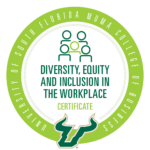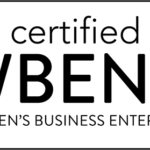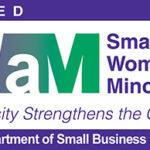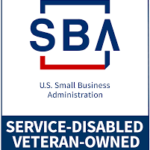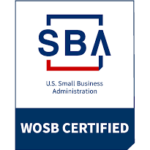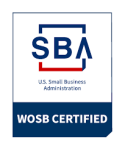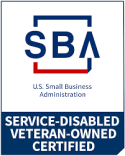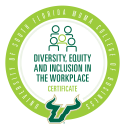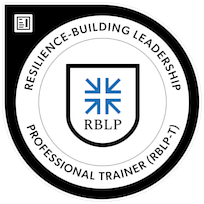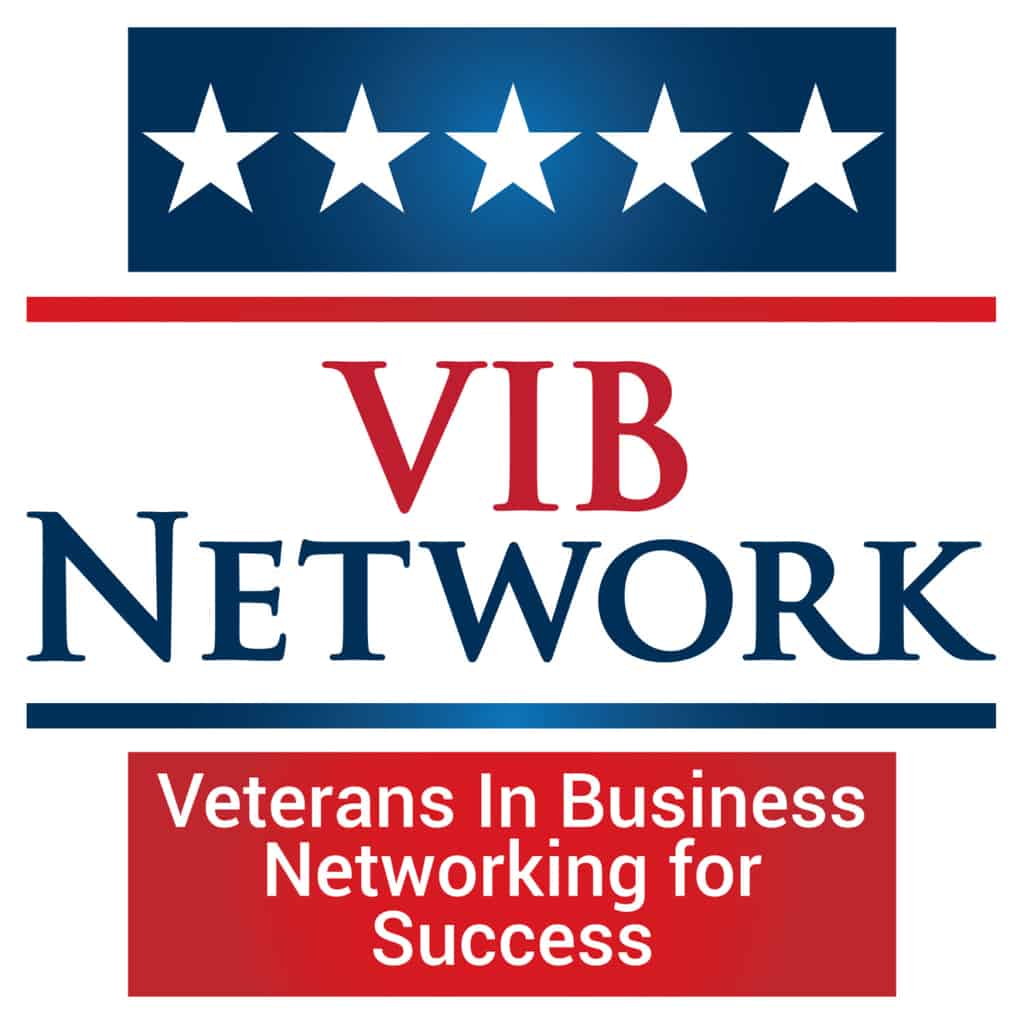The Business Case for Diversity, Inclusion, and Belonging in the Workplace
Workplace diversity, inclusion, and belonging (DIB) are often used interchangeably, but they each have different meanings. Workplace diversity is the variety of differences among people in an organization. Inclusion is the act of making sure that everyone is included and feels like they belong. Belonging is a sense of connectedness that people feel when they are in an environment where they feel like they fit in and are valued.
The business case for DIB is that organizations with a diversity of people are more innovative, creative, and engaged. They are also better able to attract and retain top talent. Inclusion and belonging are important because they create a sense of community and connection within an organization. When people feel like they belong, they are happier, more participative, and productive.
There are many benefits of having a workplace that is diverse, inclusive, and where people feel like they belong. A diverse workforce is more representative of the population, which can help an organization better understand and serve its customers. A more diverse workforce can also bring different perspectives and experiences to problem-solving. Inclusion and belonging create a sense of community, which can make an organization more attractive to potential employees. Finally, when people feel like they belong, they are more likely to be authentic and true to themselves…employees who are able to bring themselves to work uncloaked are better employees.

Creating a workplace that is diverse, inclusive, and where people feel like they belong requires intentionality. It starts with leadership commitment and buy-in. Leaders need to set the tone for the organization and make sure that everyone knows that diversity, inclusion, and belonging are valued. They also need to create policies and practices that support diversity, inclusion, and belonging. Finally, they need to hold everyone in the organization accountable to these values.
The business case for DIB is clear. Organizations that are diverse, inclusive, and where people feel like they belong are more innovative, creative, and attractive to top talent. Creating a workplace that supports these values requires intentionality and commitment from leadership. But the benefits are worth it. A workplace that is diverse, inclusive, and where people feel like they belong is a more engaged, productive, and successful workplace.
How to Foster a Diversity, Inclusion, and Belonging- Friendly Environment in Your Workplace
A recent study showed that organizations with a focus on DIB are more likely to be innovative and more likely to have better overall financial performance. So, how can you create a DIB-friendly environment in your workplace?
Here are four ways:
- Encourage open and honest dialogue about
Make it safe for employees to have open and honest conversations about DIB. This can be done by creating an employee resource group or task force dedicated to DIB, hosting DIB- related training sessions, or setting up an anonymous reporting system for DIB incidents.
- Educate yourself and your employees on
Make sure you and your employees are up-to-date on the latest DIB news, research, and best practices. This can be done by subscribing to DIB newsletters, attending DIB workshops and conferences, and reading DIB books and articles.
- Implement DIB policies and
Review your organization’s policies and practices to ensure they are inclusive of all employees. This includes things like equal opportunity employment, anti-discrimination, and anti-harassment policies. You may also want to consider things like flexible work arrangements, language assistance programs, and DIB training for all employees.
- Promote DIB in the
Make DIB a visible part of your workplace by prominently displaying DIB posters and materials, hosting DIB events, and celebrating DIB achievements. You can also create DIB-friendly work environments by offering things like gender-neutral bathrooms and lactation rooms.
Creating a diversity, inclusion, and belonging- friendly environment in your workplace is essential to promoting innovation and ensuring financial success. By encouraging open and honest dialogue, educating yourself and your employees, implementing DIB policies and practices, and promoting DIB in the workplace, you can create a DIB-friendly environment that everyone can benefit from.

The Challenges of Implementing Diversity, Inclusion, and Belonging Initiatives in the Workplace
When it comes to workplace DIB, organizations face many challenges. One challenge is that DIB can be difficult to implement. This is because it requires changes to organizational culture, which can be hard to achieve. Additionally, DIB can require investments in training and resources, which can be costly.
Another challenge is that DIB can be difficult to measure. This is because it can be hard to track progress and identify what is working and what is not. Additionally, DIB can be a sensitive topic, which can make people hesitant to openly discuss it.
Finally, DIB can be challenging to sustain over time. This is because it can be easy for organizations to fall back into old patterns and ways of doing things.DIB initiatives can require ongoing effort and commitment from everyone in the organization.
Despite these challenges, organizations must continue to strive for DIB. This is because it is important for attracting and retaining talent, fostering innovation, and creating a more equitable and inclusive workplace.
If your organization is looking to implement DIB, here are some tips:
- Define what DIB means for your
- Create a DIB task force or working
- Conduct a DIB needs
- Develop a DIB action
- Implement DIB
- Evaluate and adjust your DIB efforts over
By taking these steps, you can create a more diverse, inclusive, and equitable workplace. If you feel like your organization needs help with building a DIB strategy, XcelMil can definitely work with you!
How to Measure the Success of Diversity, Inclusion, and Belonging Initiatives in the Workplace
It’s no secret that organizations are under immense pressure to create workplaces that are diverse, inclusive, and belonging. But what does that actually mean? How can you tell if your organization is making progress on these fronts? And how can you ensure that these initiatives are having a positive impact on your business?
These are difficult questions to answer, but they’re crucial if you want to create a workplace that truly reflects the diversity of our world. Fortunately, there are a few key ways to measure the success of your diversity, inclusion, and belonging initiatives.

One of the most important indicators of success is whether or not your employees feel like they belong at your organization. Do they feel like they can be themselves without fear of discrimination or judgment? Do they feel like they have an equal opportunity to succeed and advance in their career?
You can measure this by conducting regular surveys of your employees and asking them questions about their experience at your organization. You can also look at factors like turnover and engagement to see if there’s a difference between employees who feel like they belong and those who don’t.
Another key indicator of success is the make-up of your workforce. Are you able to attract and retain a diverse group of employees? Do you have a good representation of women, people of color, LGBTQIA+ individuals, and other underrepresented groups?
You can measure this by looking at the demographic data of your workforce and comparing it to the population at large. You can also look at the representation of different groups within your organization at different levels.
Finally, it’s important to look at the impact of your diversity, inclusion, and belonging initiatives on your business. Are you seeing an increase in creativity and innovation? Are employees more engaged and productive? Are customers and clients more satisfied?
You can measure this by looking at business metrics like sales, customer satisfaction, and employee productivity. You can also conduct surveys and focus groups to get feedback from employees, customers, and other stakeholders about their experience with your organization.
Measuring the success of diversity, inclusion, and belonging initiatives can be challenging, but it’s essential if you want to create a workplace that reflects the diversity of our world. By using the indicators above, you can ensure that your initiatives are having a positive impact on your business and your employees.
Yes, it is clear that companies with a more diverse workforce are more successful. But, it is also clear that companies need to do more to foster a culture of inclusion and belonging in order to fully reap the benefits of diversity.
It is not enough to simply hire more diverse employees. Companies need to create an environment where all employees feel like they belong. Only then will they be able to fully tap into the power of diversity.
And it is powerful.
Does your organization have a fully developed DEI strategy or plan?
Book a consultation with us now! Please do not hesitate to contact us with any questions. We would love to hear from you. Email at info@xcelmil.com.
Click here https://xcelmil.com/xcelmil-coaching-and-consulting-services/ to learn more about our services. Twitter: https://twitter.com/GraticMelody
LinkedIn: https://www.linkedin.com/in/melodygraticconsulting/
XcelMil, LLC is a certified Minority-Woman and Service-Disabled Veteran-Owned Small Business specializing in Executive Management Consulting and Leadership Development Training.










